Summary
- What size duvet should I choose?
- Standard dimensions
- Why choose a size above?
- The filling of the duvet
- Natural duvets: advantages and disadvantages
- Synthetic duvets: practical alternatives
- The weight of the duvet
- Understanding the Heat Index
- Summer, temperate or warm duvet: how to choose?
- The importance of the envelope
March is coming, the mid-season when we don't really know how to dress, how to heat our house, between too cold or too hot we are a little lost... And in this dilemma you ask yourself the question: which duvet should I choose to be neither too hot nor too cold in my sleep?
In this guide, we'll explain how to choose your duvet based on the size of your bed and your comfort needs. Discover the 4 key points to consider when finding the best duvet !
1. What size duvet should I choose?
First of all, we'll focus on choosing the size of your future duvet. As simple as it may seem, your duvet is chosen according to the size of your bed, and yes! There are 4 duvet sizes:
- 140x200 cm for beds of: 70x190, 80x200, 90x190, 90x200
- 200x200 cm for mattresses of: 100x190, 100x200, 120x190
- 220x240 cm for bedding of: 140x190, 140x200
- 240x260cm for beds of dimensions: 160x200, 180x200, 200x200.
If you like to wrap yourself in your duvet or if your partner tends to move in their sleep, do not hesitate to take the size above the recommended one. Also, for aesthetic reasons, a larger duvet will allow you to let it fall over the sides of the bed and thus hide the entire mattress , mattress topper and box spring.
2. The filling of the duvet
There are two types of filling: synthetic and natural.
A natural duvet will be made of goose or duck down, wool, or bamboo. In all cases, it will be more hygienic and will last longer than a synthetic duvet. Natural filling also has the advantage of being thermoregulating, making it ideal for sleepers who sweat a lot. It protects from the cold in winter, regulates heat in summer, and wicks away moisture. In this case, you should opt for a duvet with a natural filling percentage greater than 70%.
The disadvantage of the natural duvet, because you definitely need one, is of course its high price... You need to count on a minimum of €200
And allergic sleepers, refrain from buying a down duvet!
Are you on a smaller budget or are you prone to allergies? Synthetic filling is ideal!
There are two synthetic fillings: siliconized hollow fiber; more insulating, the material is better distributed in the duvet, and microfiber; very small fibers for a down effect.
Synthetic duvets are often treated to be anti-dust mite and antibacterial, just like our Harmonie duvet with Greensphère treatment.
Its disadvantage: it has a shorter lifespan than natural filling, around 5 years.
3. The weight of the duvet
The weight corresponds to the density of the duvet and will allow you to determine its warmth index. It is expressed in m2, which corresponds to the surface area covered. The choice of density level will depend on the room temperature, the season, and the filling.
The filling ranges from 100 g/m2 to 500 g/m2.
The lower the filling, the lighter the duvet will be, the higher it is, the warmer the duvet will be:
- Summer duvet: around 100-200g/m², ideal for the summer period or homes heated to more than 22 degrees.
- Temperate duvet : also called 4-season duvet, it is, as its name suggests, ideal all year round. You will find one with a weight generally around 250-300g/m².
- Warm duvet: intended for the winter period, warm duvets have a weight between 300-400g/m².
To face the harshest winters, you can opt for a very warm duvet with a weight of 500g/m².
4. The importance of the envelope
The best cover will be made of a cotton cover with a very tight weave (around 80 threads/cm²), it will hold the filling in place well and wick away moisture better.
There you have it, you now have all the keys to finding the duvet of your dreams!


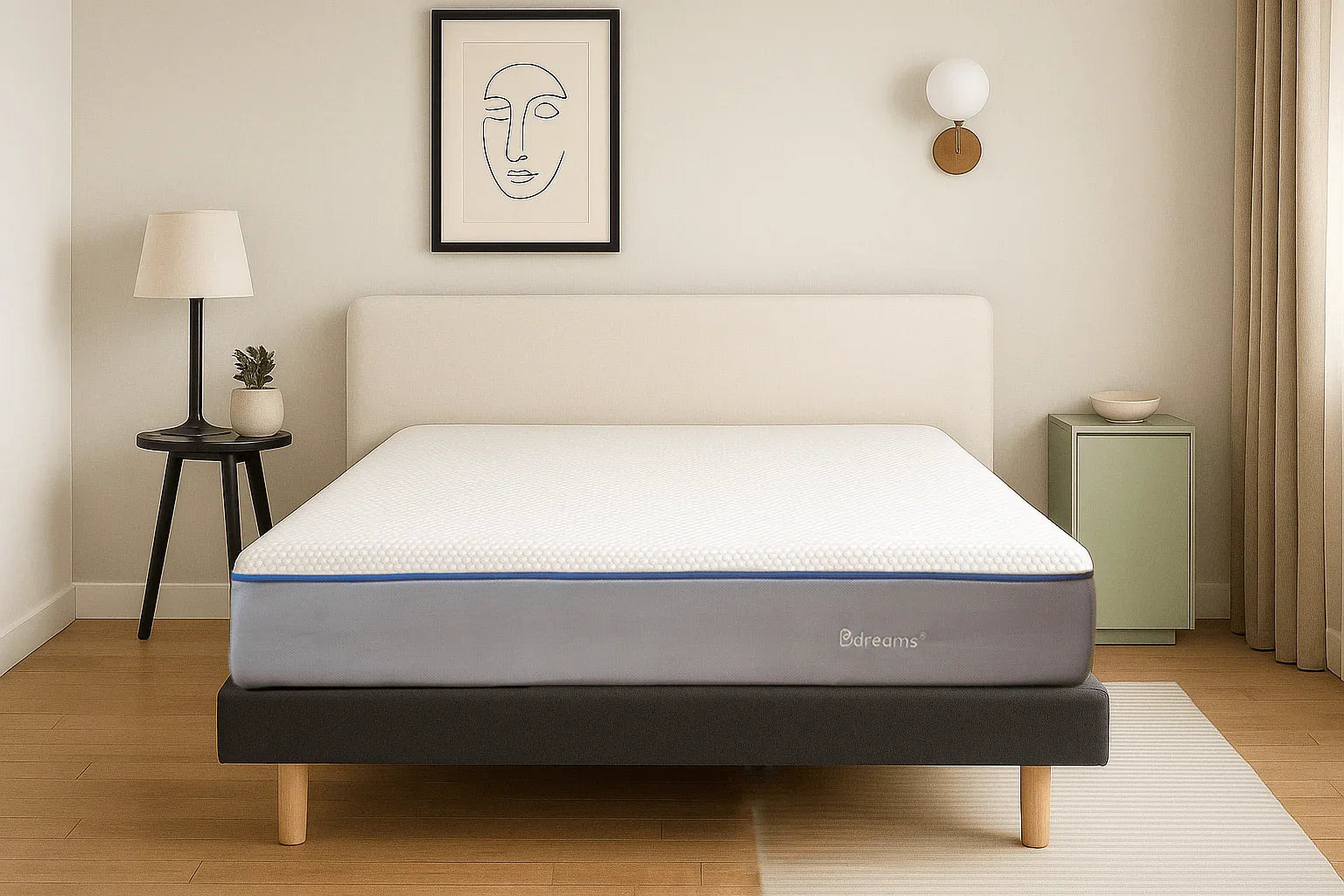
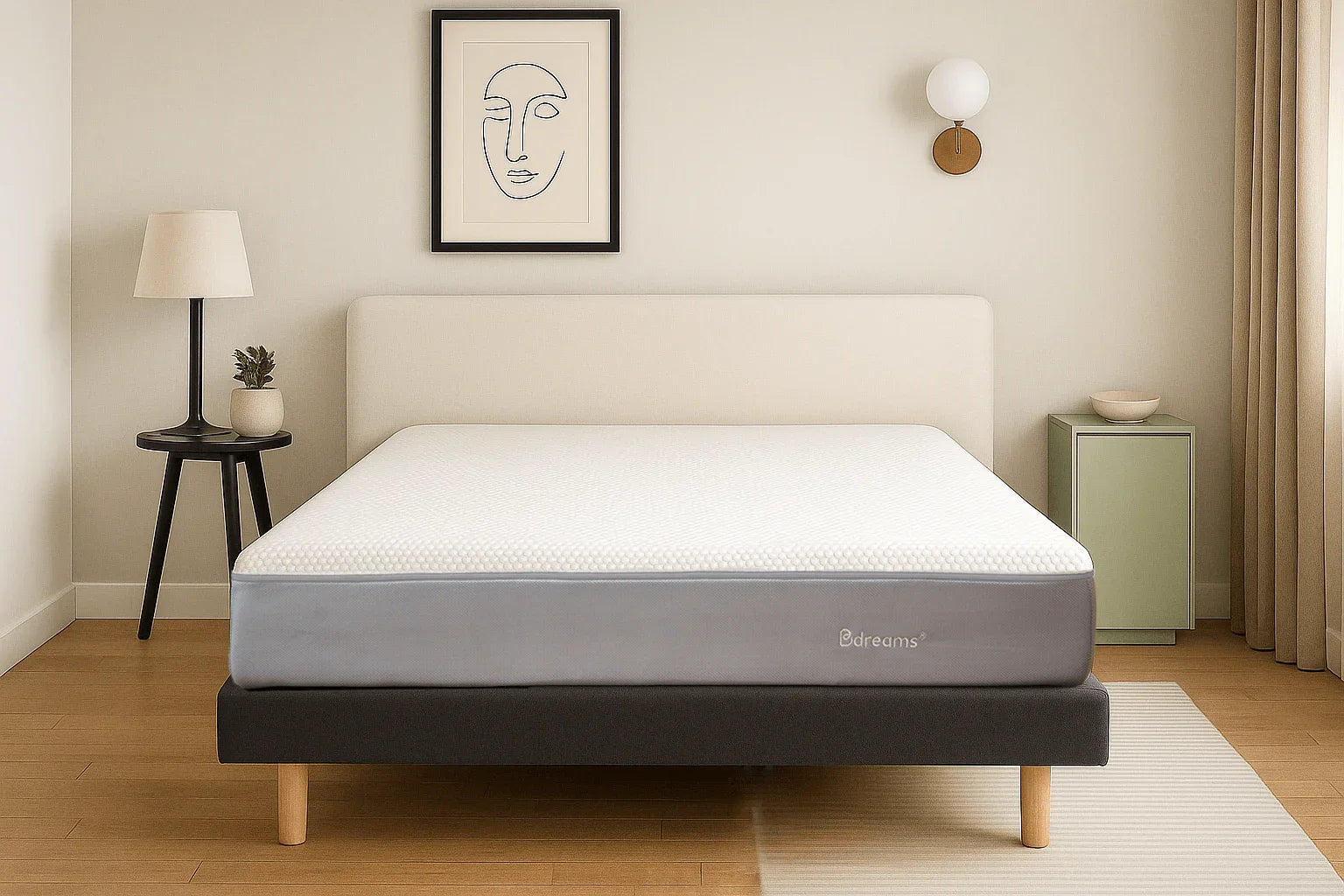

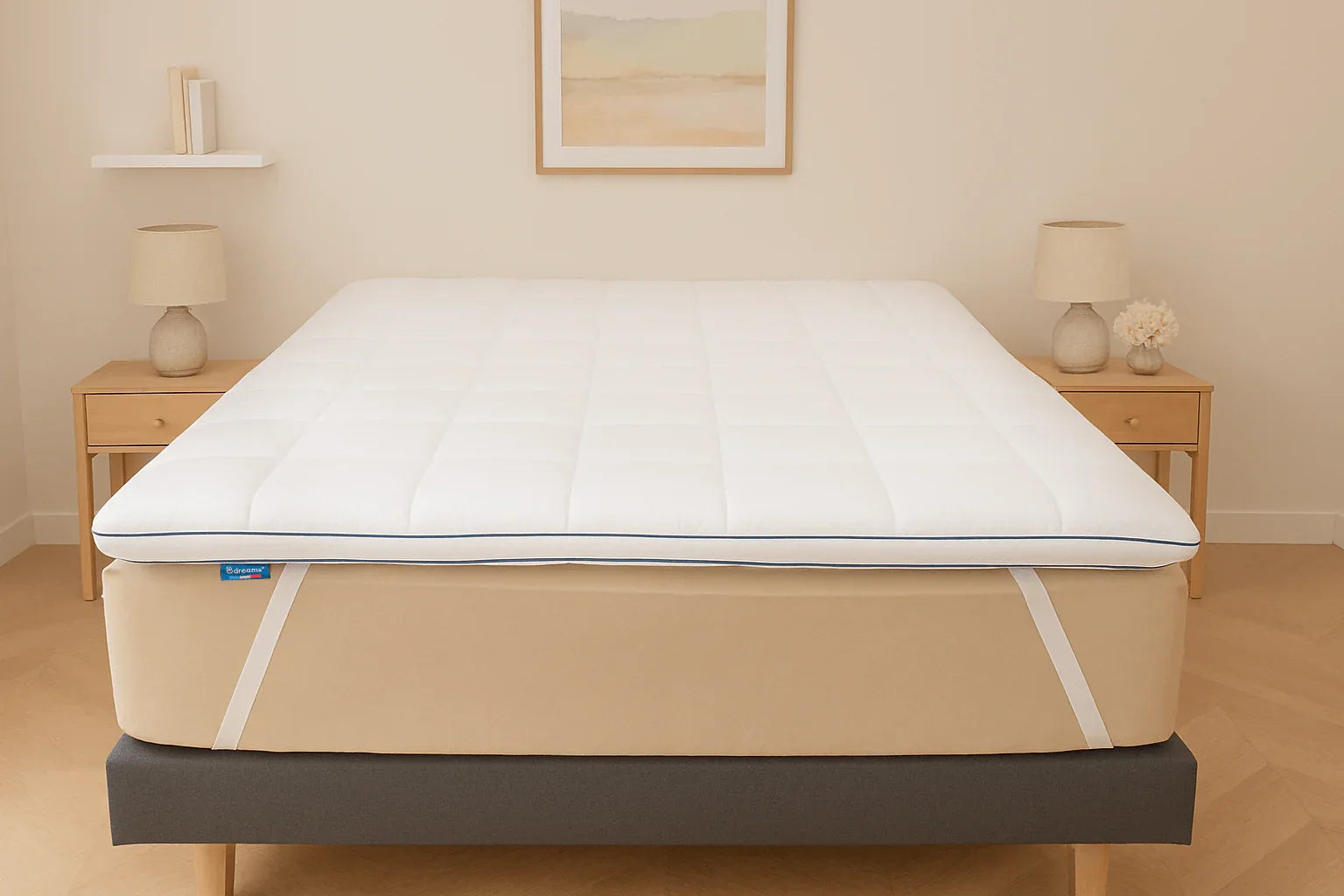
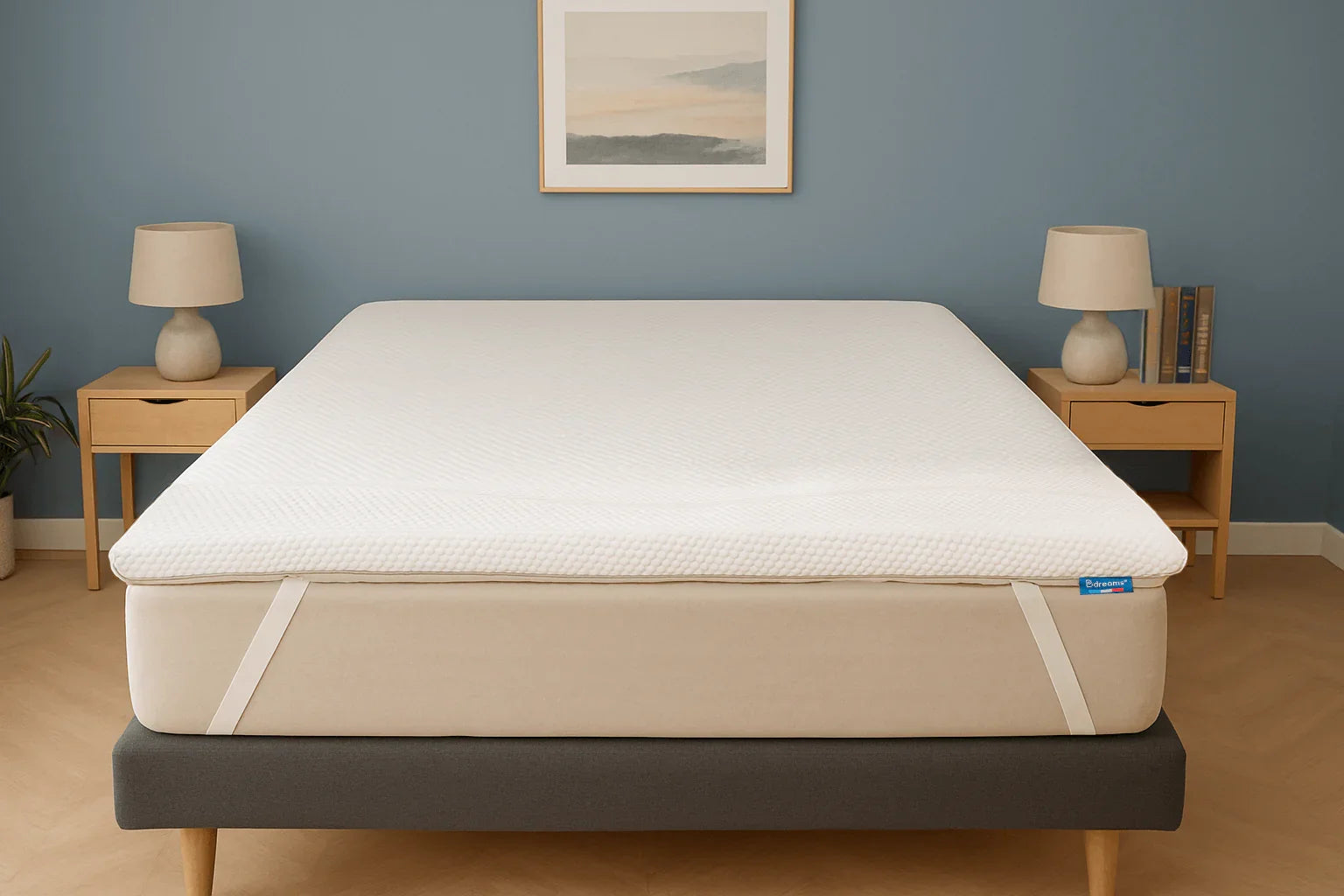
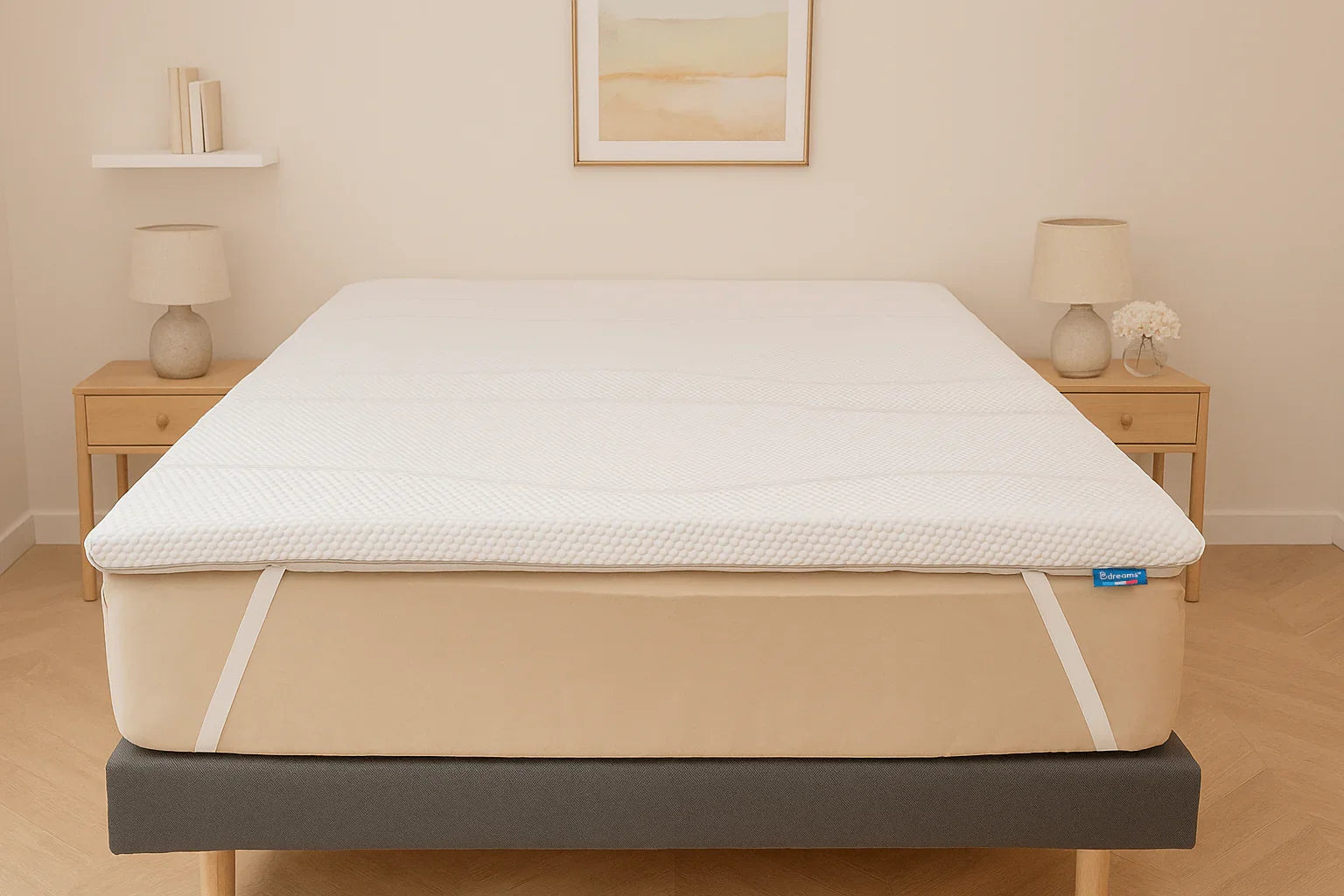
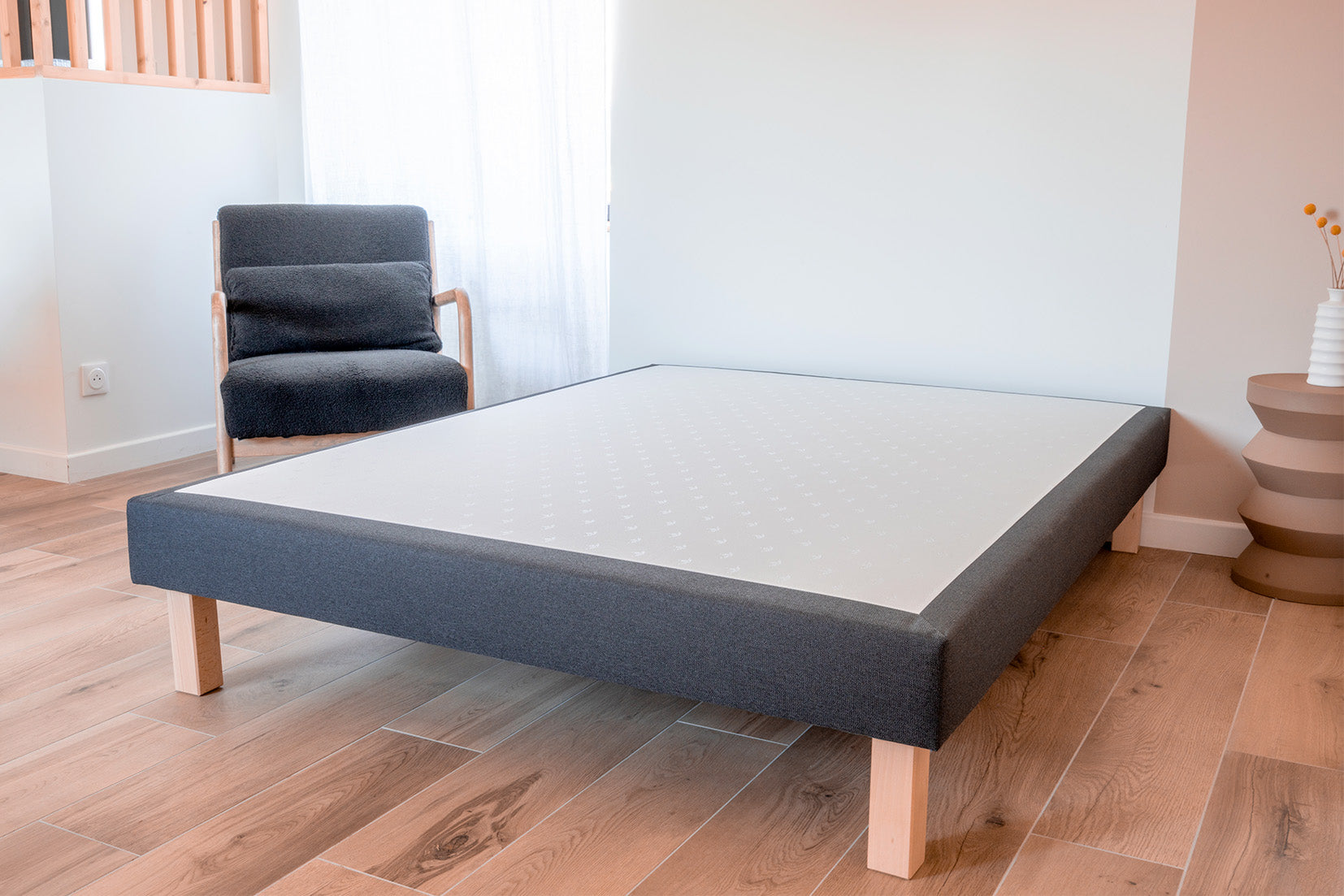


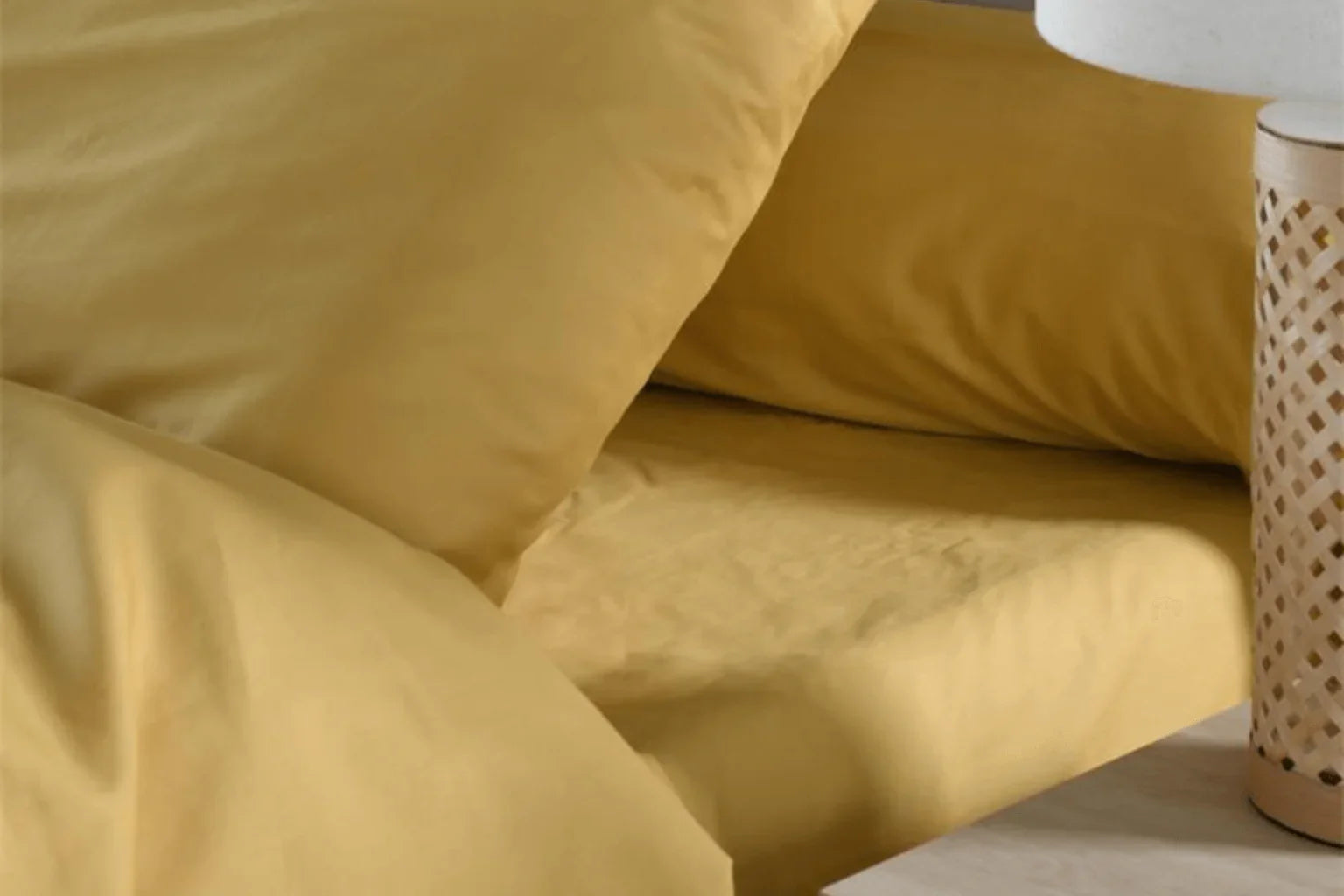
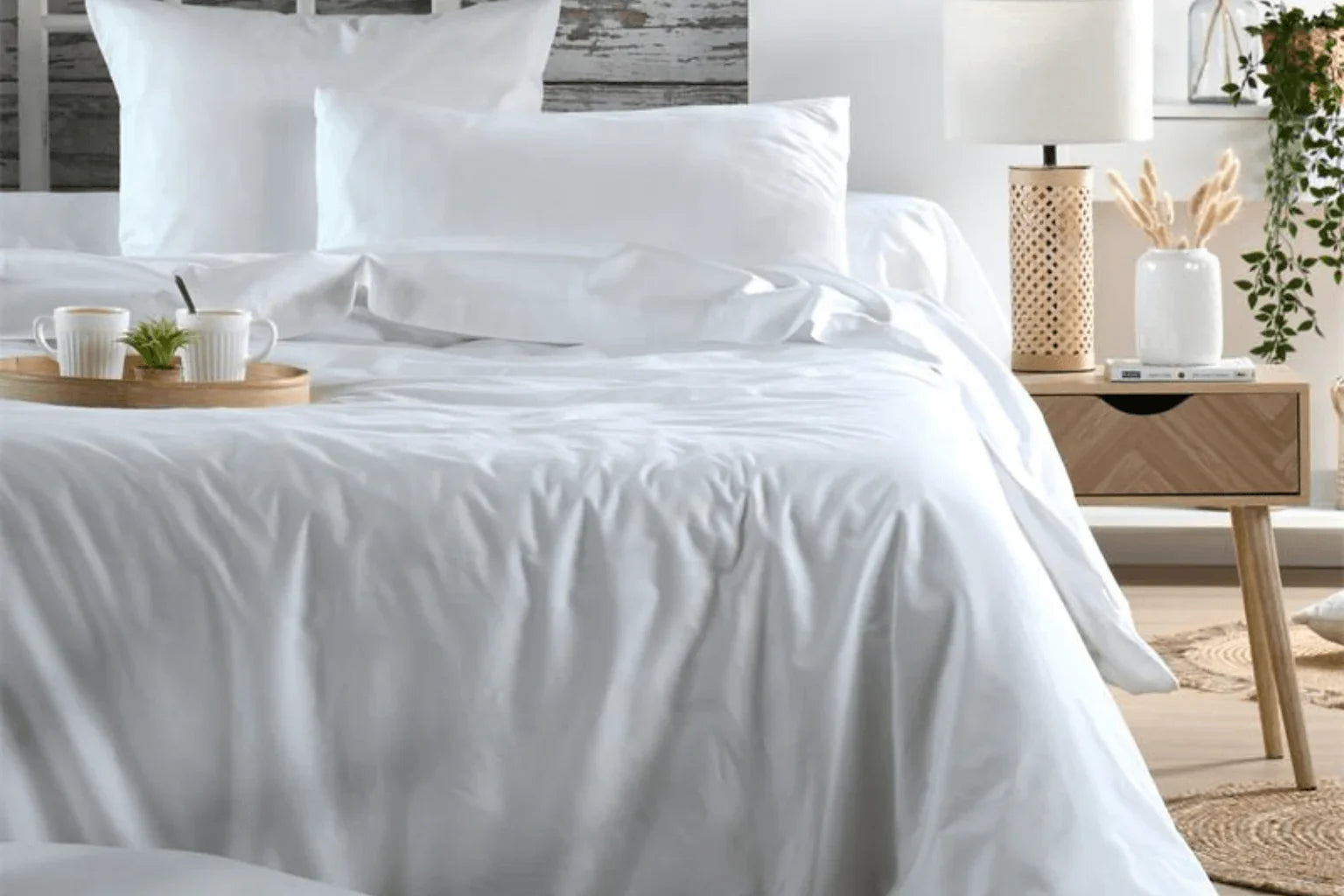
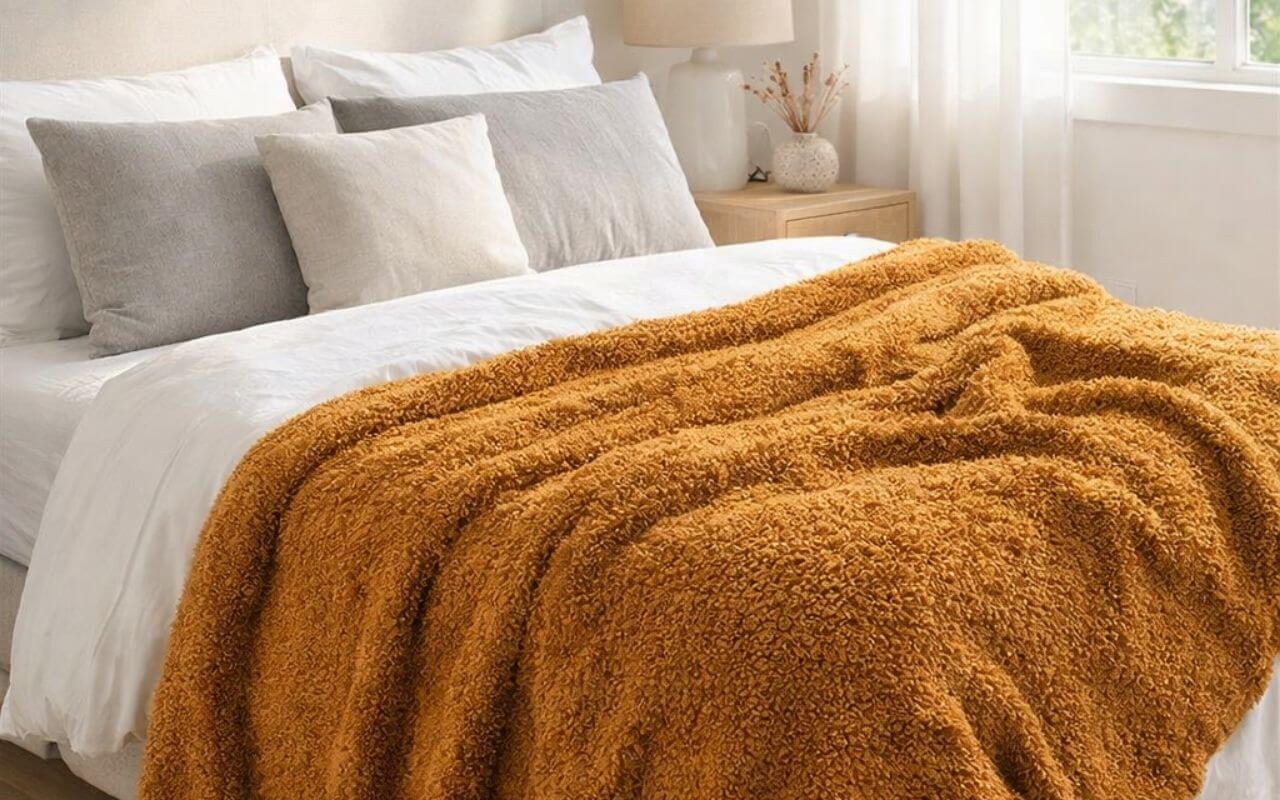
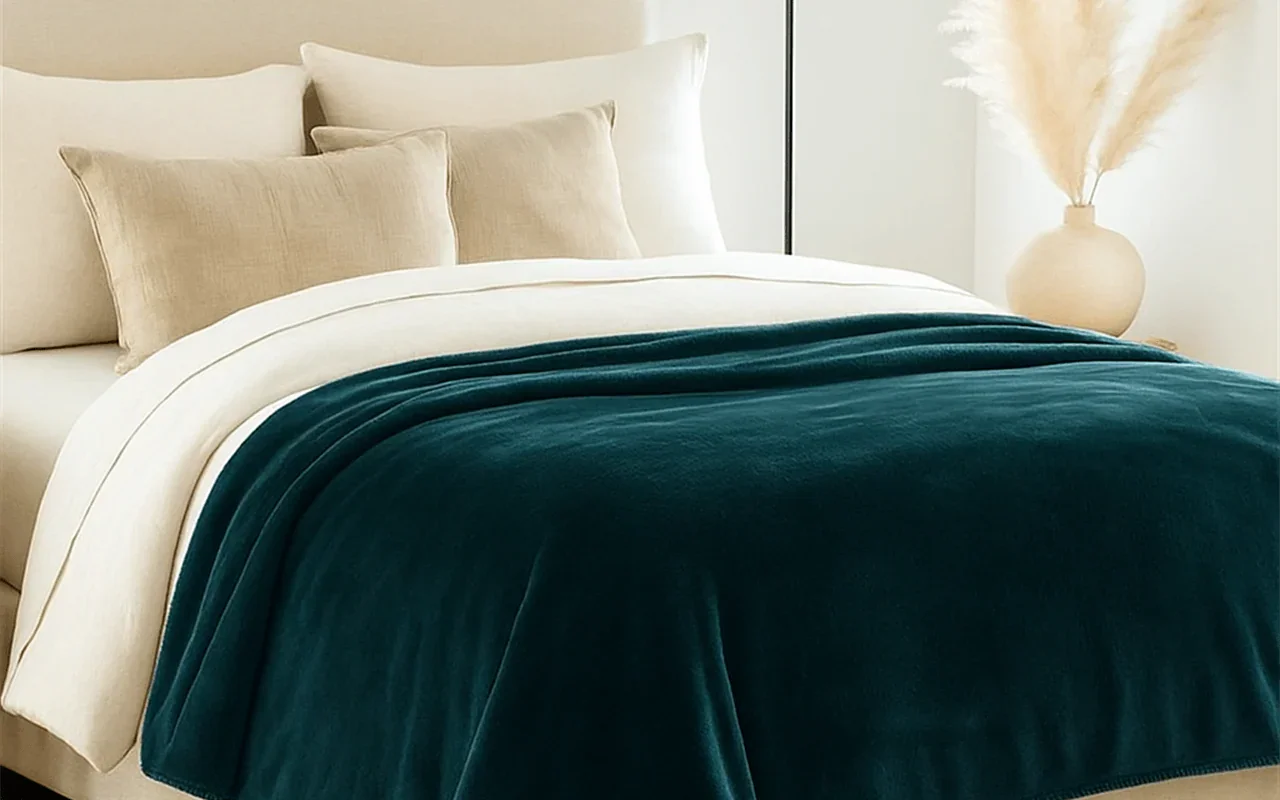
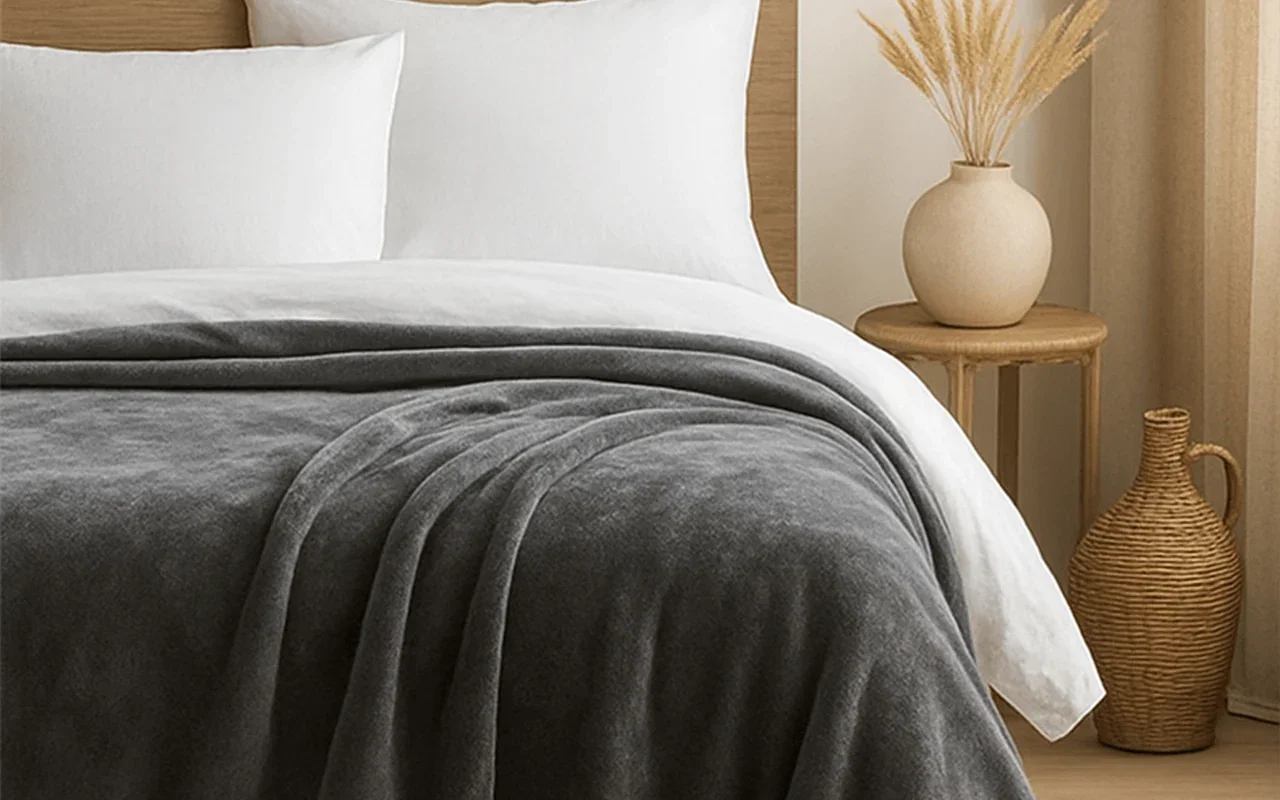



Leave a comment
This site is protected by hCaptcha and the hCaptcha Privacy Policy and Terms of Service apply.